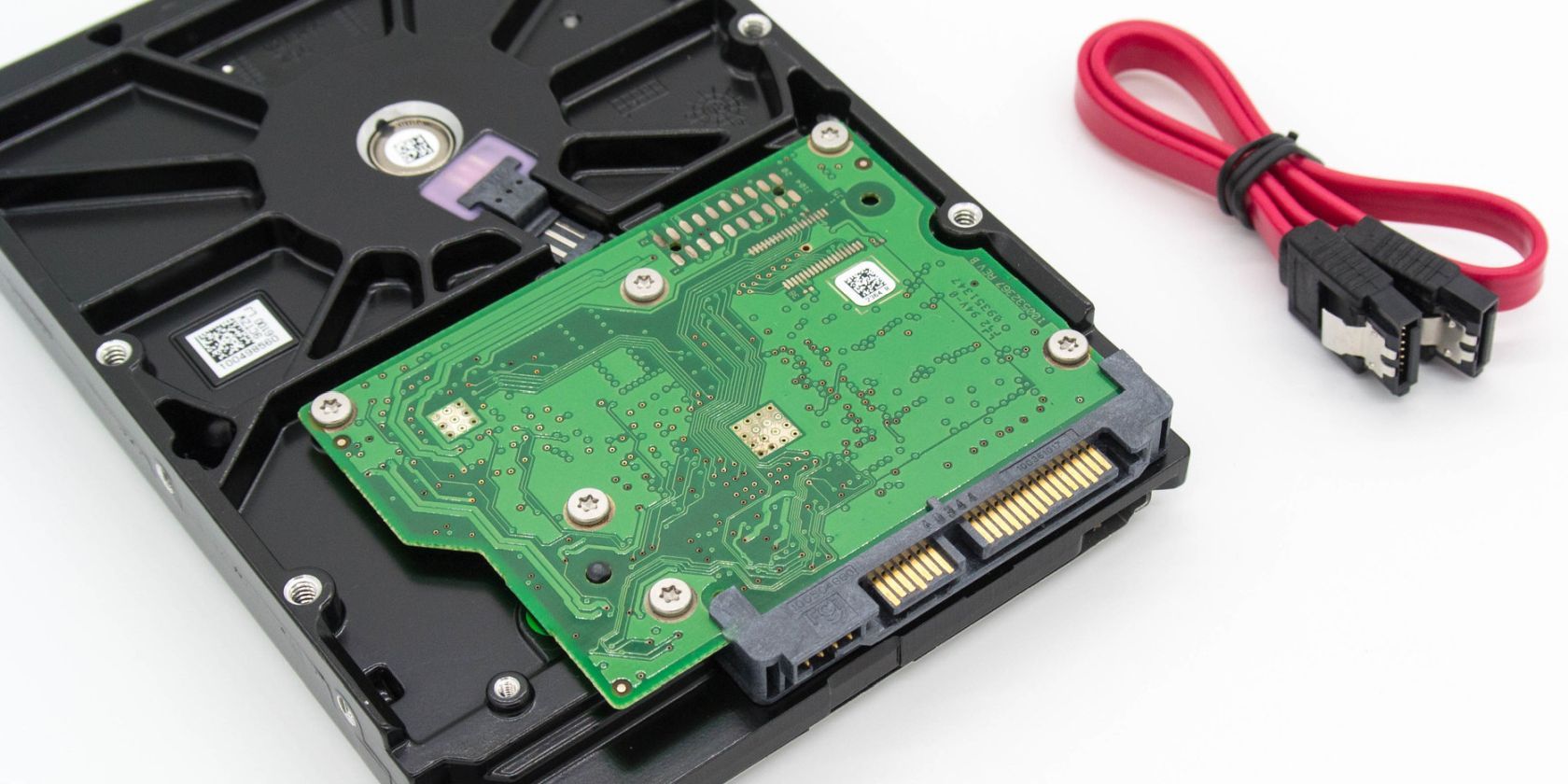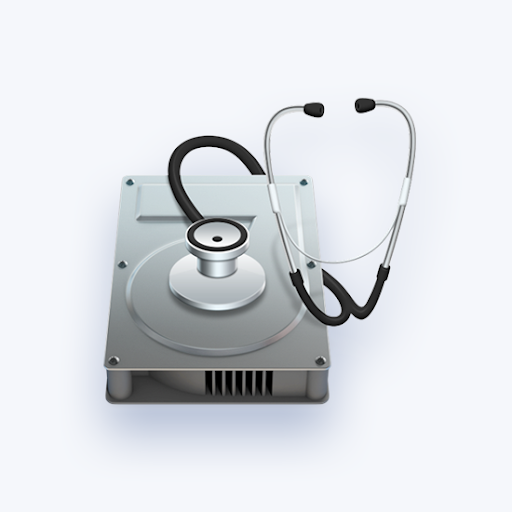

- #MAC INTERNAL HARD DRIVE NOT SHOWING UP ON PC DRIVER#
- #MAC INTERNAL HARD DRIVE NOT SHOWING UP ON PC SOFTWARE#
- #MAC INTERNAL HARD DRIVE NOT SHOWING UP ON PC PC#
- #MAC INTERNAL HARD DRIVE NOT SHOWING UP ON PC SIMULATOR#
When I plugged my Mavic Air 2 into my Mac, it did not show up as an external drive. And frankly, DJI, it is something that needs to be fixed! All of DJI’s drones have a USB-C port on them, so you would think that the solution is simply to plug the drone into your computer with a USB-C cable, right? Unfortunately it’s not necessarily that simple.

This proved to be harder that I thought it would be. That’s great, but how do you get that footage off the drone when you get home? I had filled my Mavic’s MicroSD card and immediately the drone switched to recording additional footage and photos onto the 8GB of built-in memory. While this is ideal, I recently ran into a problem. This is step 2 above and does not involve accessing the actual drive itself.The best way to get footage of your Mavic Air 2 is to use a MicroSD card in the drone, and then simply remove the card and plug it into a card reader. In regards to not hearing the device spin: The device CAN appear on the Windows machine even without spinning since the controller will acknowledge its existence to the computer. The bottom line is that there are many possibilities that can cause the symptom of “not appearing” to the user.

If not, then an error will appear much like what has been reported here.
#MAC INTERNAL HARD DRIVE NOT SHOWING UP ON PC PC#
Realize that by this time, the device has already begun and potentially completed its self test.Ĥ) Assuming the controller card works as expected, the device information is sent along to the PC and the device appears to the user with its information (device type and size for example).ĥ) When you attempt to access the disk, the controller will then attempt to read the appropriate information from the disk. Kind, size, etc.ģ) If the device is a disk, then the controller card attached to the device is queried to get device specific information. In order for this part to work, the USB interface on the device must work.Ģ) Once the device is detected, additional information is requested about the device. Here is how the system works (in general)ġ) Plugging in a USB device will trigger the auto-configuration on the PC to detect the device type and ther information.
#MAC INTERNAL HARD DRIVE NOT SHOWING UP ON PC SIMULATOR#
Here's a PC Mag article on what happens in a clean room Don't forget to try out their drive simulator to see what happened to your drive.
#MAC INTERNAL HARD DRIVE NOT SHOWING UP ON PC SOFTWARE#
Attempting to fix this via software won't work and if you are able to get it to respond the process could make things worse. The cost will be expensive and there is still a chance they can't recover the data. It also turns out the HD it's self is hardware encrypted so it will only work with the logic board it is mounted to, so you can't send them just the hard drive internally alone either (need to ship the complete drive with the power adapter). If you have also encrypted your data you will need to give them the application and the encryption keys so the they can decrypt the data. OK now what - If the data is that important you'll need to send your drive in to a data recovery service so they can disassemble the drive in a clean room to try repair the drive long enough to pull your data off (replacing the damaged heads). So the heads likely dug into the platter ripping one or more off and damaging a part of the magnetic surface of the plater (heads crashed). The big issue here is what was the drive doing, was the disk head arm parked or engaged? From the sounds of it it appears the arm was engaged so it was somewhere on the plater/s. Otherwise the file you were accessing is likely damaged. We don't know if the system was still in the process of writing to the drive (where you in the process of reading or writing a file off of the external drive?) If not then the cache write back is only effected which is a minor issue. And, you failed to dismount the drive correctly. So the drive was spinning when you knocked it.
#MAC INTERNAL HARD DRIVE NOT SHOWING UP ON PC DRIVER#
Now you can't access the drive, but the device driver and the USB interface internally of the drive is responsive (drives power light is lighting). At that point you unplugged the USB cable and then reconnected (failing to dismount the drive). You were using your drive (PC running Windows Vista) and while it was running you banged it (was on the edge and then it fell onto the flat side).


 0 kommentar(er)
0 kommentar(er)
